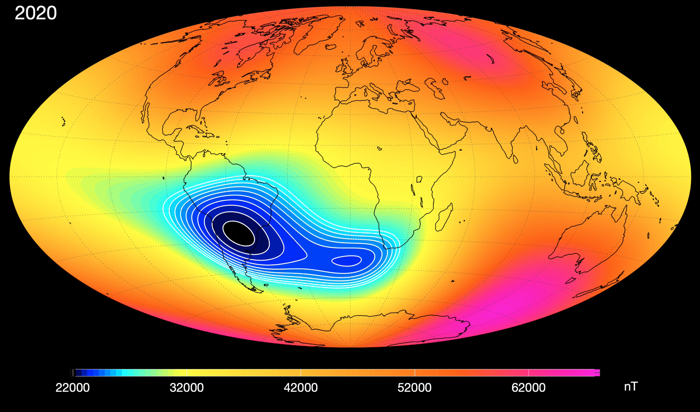Philip Lucas/University of Hertfordshire
An artist’s depiction shows an aging red giant star releasing a thick cloud of smoke and dust, which is called an old smoker star.
Sign up for CNN’s Wonder Theory science newsletter. Explore the universe with news on fascinating discoveries, scientific advancements and more.
A mysterious new type of star has been discovered as a result of a decade-long survey of the night sky, called an “old smoker.” These aging, giant stars are situated near the center of the Milky Way galaxy. The stars remain inactive for long periods before emitting clouds of smoke and dust, and scientists believe they could influence the distribution of elements in the universe.
Four studies outlining the observations were published on January 25 in the Monthly Notices of the Royal Astronomical Society. The old smoker stars were first observed during the survey, which involved tracking nearly a billion stars in infrared light, invisible to the human eye. The observations were conducted using the Visible and Infrared Survey Telescope, located at the Cerro Paranal Observatory in the Chilean Andes.
Initially, the team aimed to identify newborn stars, which are difficult to spot in visible light due to being obscured by dust and gas in the Milky Way. However, infrared light can penetrate the galaxy’s high concentrations of dust to detect hidden or faint objects. While two-thirds of the stars were easily categorized, the remaining stars were more challenging, requiring the use of the European Southern Observatory’s Very Large Telescope to study individual stars, says Philip Lucas, a professor of astrophysics at the University of Hertfordshire, who was the lead author of one study and a coauthor on the other three.
Astronomers monitored 222 stars that exhibited noticeable changes in brightness, of which 32 were categorized as newborn stars that increased in brightness by at least 40 times, and some as much as 300 times. Many of these eruptions are ongoing, allowing astronomers to continue monitoring the evolution of these stars over time.
Dr. Zhen Guo, a Fondecyt Postdoc Fellow at the University of Valparaiso in Chile and the lead author of two studies, and coauthor on the other two, stated, “Our main aim was to find rarely-seen newborn stars, also called protostars, while they are undergoing a great outburst that can last for months, years, or even decades.” These outbursts occur within the slowly spinning disc of matter forming a new solar system, aiding the growth of the newborn star while hindering the formation of planets.
While observing stars near the galactic center, the team identified 21 red stars that experienced unusual changes in luminosity, presenting a puzzle for astronomers. The team focused on seven of the stars and determined that they were a new type of red giant stars, rather than protostars undergoing an eruption or recovering from a dip in brightness caused by a disc or shell of dust. Red giants are formed when stars deplete their hydrogen supply for nuclear fusion and begin to die, yet the spotted stars during the survey exhibit different behavior.
“These elderly stars sit quietly for years or decades and then puff out clouds of smoke in a totally unexpected way,” stated Dante Minniti, a professor in the department of physics at Andrés Bello University in Chile and a coauthor on three of the studies. These stars, predominantly found in the innermost nuclear disc of the Milky Way, where stars are concentrated in heavy elements, could change the prevailing understanding of elemental distribution in the universe. Astronomers are still striving to comprehend the process behind the release of dense smoke by the old smoker stars and its subsequent effects.
“Matter ejected from old stars plays a key role in the life cycle of the elements, helping to form the next generation of stars and planets,” Lucas stated. “This was thought to occur mainly in a well-studied type of star called a Mira variable. However, the discovery of a new type of star that throws off matter could have wider significance for the spread of heavy elements in the Nuclear Disc and metal-rich regions of other galaxies.”
‘Old smoker’ stars revealed at the heart of the Milky Way | CNN















